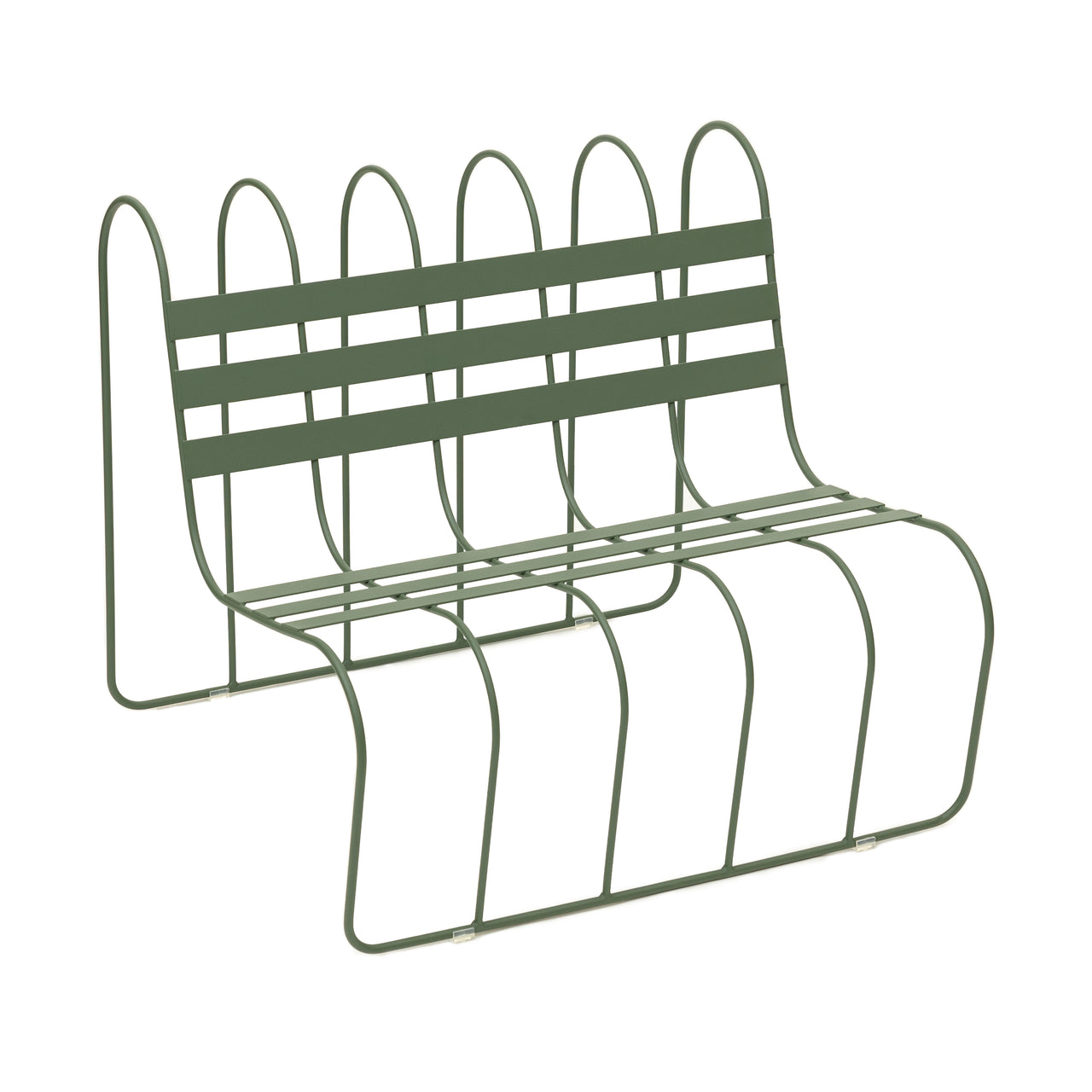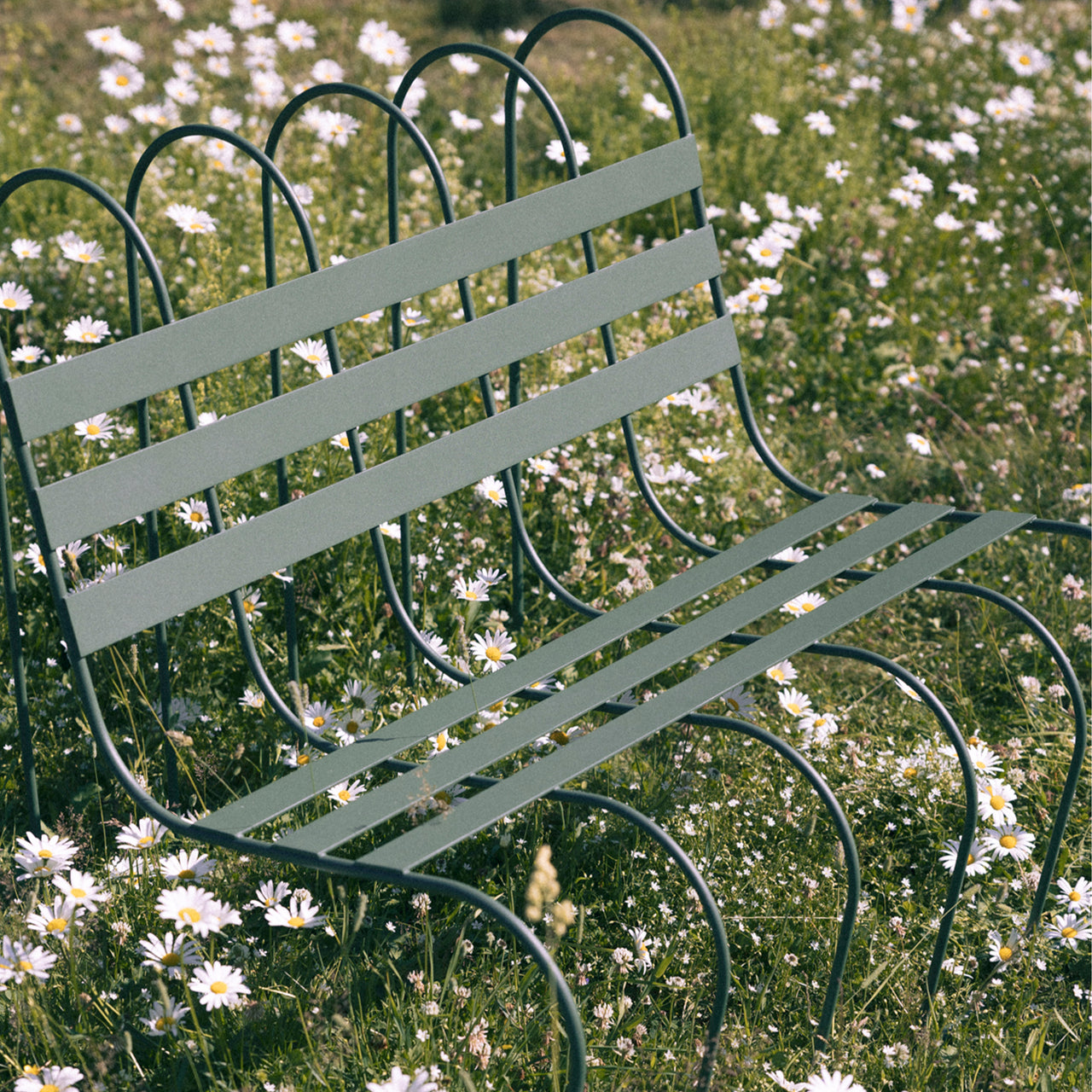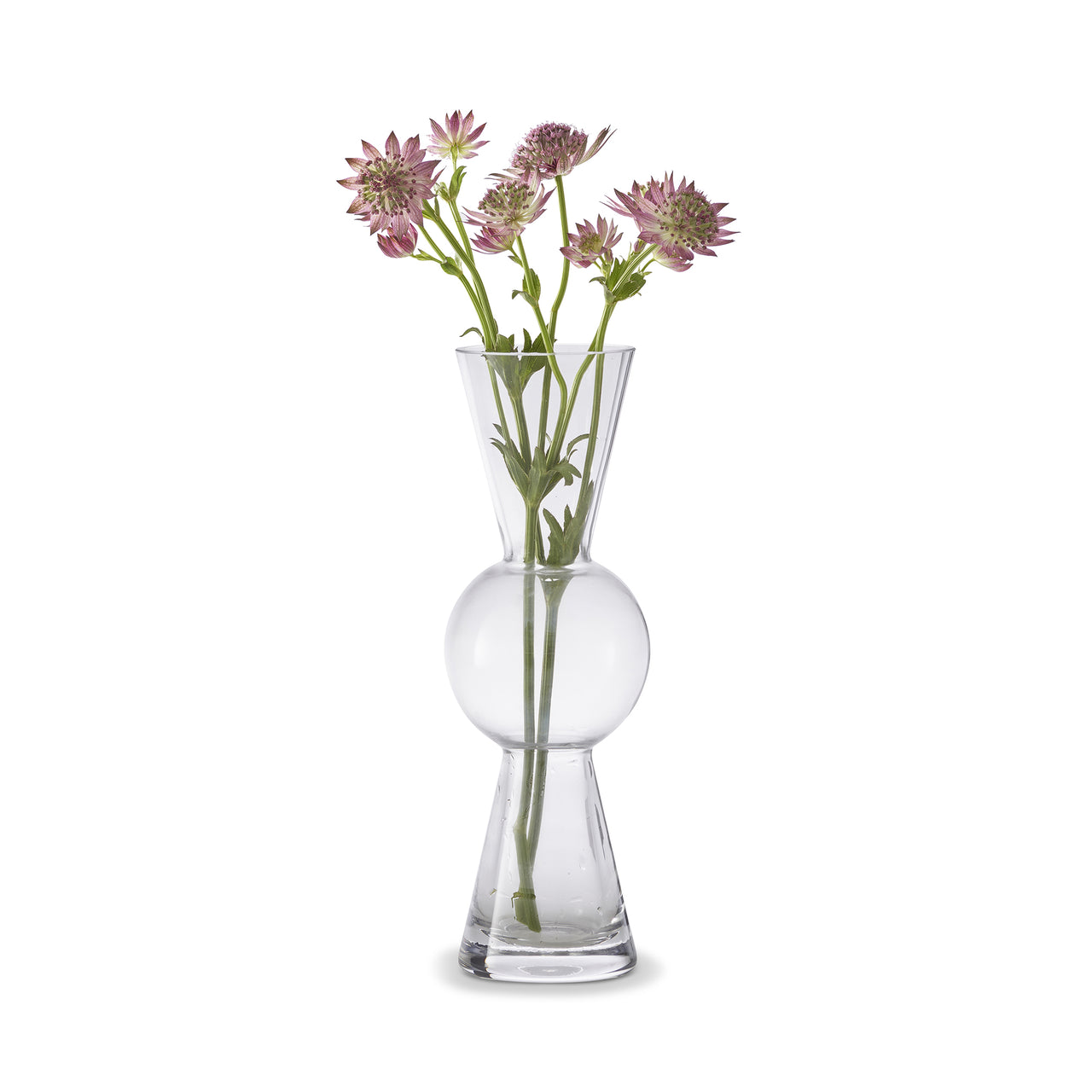

–30%Campaign
Free Shipping (over 999 kr*)
12.06.2025
Each month, we spotlight the creative minds behind Design House Stockholm, offering a glimpse into the ideas and inspiration that shape our brand and collection — from the first spark of imagination to the creation itself.
Growing up on an island in the Stockholm archipelago, the sea and the rugged island environment are constant companions in Eva Schildt’s artistic practice. Since graduating in Furniture and Product Design from Beckmans College of Design, Stockholm, in 2001, Schildt has designed everything from furniture to textiles, packaging and trade fair showcases. She also works as an interior architect. The materials and techniques vary; sometimes it is about crafts, sometimes serial production. Inspired by nature, the design, which is often sculptural, has virtually always comprised elements of humour and multifunctionality.


What inspired you to become a product designer, and how did you get started in the field?
I grew up in a hands-on family where there was always some kind of project underway — building, renovating, gardening, stacking firewood, sewing — you name it. I learned a lot from my older siblings and my father. He always made me feel that I could figure things out on my own: you have your ideas, you have your hands, and you can create solutions yourself.


Can you walk us through your typical design process from initial concept to final product?
I always start by thinking about the context: where will this object live? What’s the environment like? What other things will surround it? How do people want to use that space? I also think a lot about materials and production — how to use them in the smartest way. And I think about time. The product should be something you can live with for many years, something that stays relevant and can withstand wear and tear.

How do you balance aesthetics and functionality when designing a product?
For me, they are equally important — one doesn’t exclude the other. You don’t need to choose sides. Both need to be present and in balance.
What are some of the biggest challenges you face during the design process, and how do you overcome them?
Production can be tough in general, and competition is fierce. I think the key is to focus on what brings joy — the work that feels exciting and meaningful — and to always prioritize quality. And most importantly: never give up.


Which of your designs are you most proud of, and why?
Of course, I’m very proud of Gardener’s Sofa. It was part of my graduation project, and it ended up going into production, winning awards, and being acquired by the Nationalmuseum. It opened so many doors and led to other collaborations and projects. And now, as the ultimate compliment, Design House Stockholm have chosen to relaunch it — 20 years later! It’s quite special that it still feels relevant today.
How do you stay current with design trends and innovations in the industry?
Honestly, I don’t follow trends that much, but I am always curious. When I visit new places, I talk to people about how they use objects, what they like, what they don’t. If I’m drawn to something, I always ask myself why — what is it that resonates with me?



–30%Campaign


Last Chance




–50%Last Chance
Have you ever worked on a project that didn’t go as planned? What did you learn?
Absolutely—plenty of times! There are always products that never make it to production. In fact, it’s almost more surprising when things actually turn out as you envisioned.
What role does sustainability play in your design approach, and how do you incorporate eco-friendly practices into your work?
In every possible way. It’s about creating products that age well, that are built to last, both aesthetically and functionally. It’s about using just the right amount of material—no more than necessary—choosing renewable and recyclable resources, and designing versatile pieces that can be used in different ways, across different contexts.



What has the collaboration with Design House Stockholm meant for you as a designer? Has this partnership influenced your creative process and professional growth in any way? Are there any specific memories or experiences from the design process with Design House Stockholm that stand out to you, whether it be a particular project, a moment of inspiration, or a challenge you overcame?
I have so many memories! Design House Stockholm was actually the first company I connected with after graduation. As I’ve touched on, I’ve learned the importance of creating something unique — something that stands out and carries emotional value. I remember one particular road trip with Anders and Marie-Louise Hellgren, where we visited several stores around Sweden and gave presentations. It was such a rewarding experience — and we had so much fun along the way!
Photo:Fredrik Sweger
Set Design: Saša Antić
Other Images: Private Collection of Eva Schildt